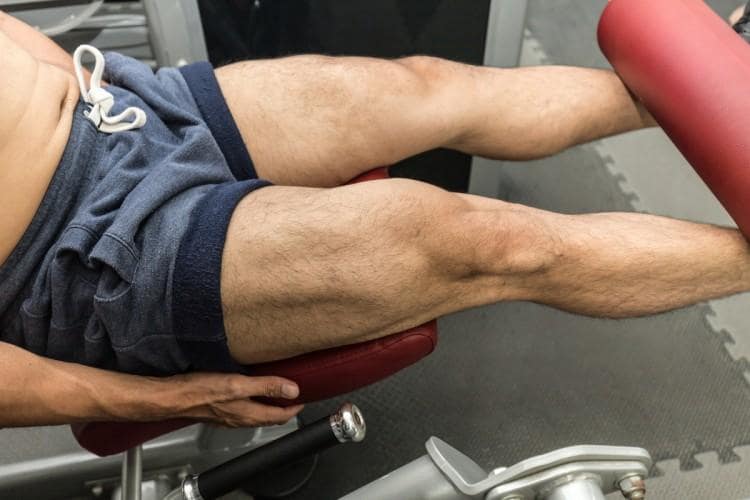The World’s Dumbest Exercises
Exercise for fun, or for training, or both. Exercise wisely, in ways that help you in sports or your daily life. But don’t do exercises that are useless, or potentially injury-generating. Here are a few doozies that should not be on your list:

- Wall squats. At no time in life does anyone sit stationary against a wall. This exercise overloads the kneecap by holding a stationary load on one area of the cartilage. This load depletes the cartilage of its lubricating fluid or—if the joint is already damaged—increases the breakdown of the exposed collagen fibers.
- Knee extension exercises. No athlete kicks a ball solely from a knee extension. The kick is generated as the hip rotates the powerful trunk, and then the leg muscles, into the ball. A seated, repetitive leg extension overloads both the kneecap and the trochlea (the groove in the femur in which the kneecap tracks). Repetitive leg extensions can lead to patellar arthritis and patellar tendonitis—and the damage is much worse when one’s ankle or leg weight is added. A simple squat exercise is highly preferred, as it exercises all the muscles from the foot and ankle up through the leg, hip, and trunk. Squats are what athletes do in almost all sports.
- Isolated machine single-muscle exercises. Exercises like bench presses make your chest look good, but not much else. The time you spend doing a bench press or a biceps curl could be much more beneficially spent doing a dynamic exercise—such as a hammer curl to overhead press—which utilizes much more of the upper extremity musculature (biceps, triceps, and shoulders).
- Anything too complicated. Exercises which require too much set-up to perform correctly can result in improper performance, over-compensations, or injury. Doing exercises with proper form, appropriate pace, and resistance are most effective. Don’t waste your time on complicated exercises that you can’t remember how to set up properly.
- Highly loaded leg presses, where you are pushing against 200, 300, in some cases 400 lbs of weight. If you are looking for lower extremity strength, you should be attempting to squat standing up, double or single leg, with or without resistance (i.e. kettlebell, hand weights, bar), depending on your ability and form. These types of standing exercises will more effectively improve your movements for daily living and will challenge your core more usefully. A step-down exercise off of a box, for instance, will build thigh muscle strength quickly, challenge your balance, and improve your ability to descend stairs.
- Spinning on a bike or walking on a treadmill while watching TV or reading a magazine. To gain the most benefit from exercise you must feel your heart rate, your breathing, and your muscles as they hit their limits and begin to tire. It is the awareness of your body’s responses to exercise stress that help you push past today’s barriers and become fitter, faster, and stronger. You lose much of the psychological training benefit, as well as the skill improvements, by dissociating your mind from your exercise. Learn how to filter out all other distractions and become mindful during training. Then, enjoy the post-workout bliss. Exercise is the ultimate meditation and the direct connection to the god within you.
